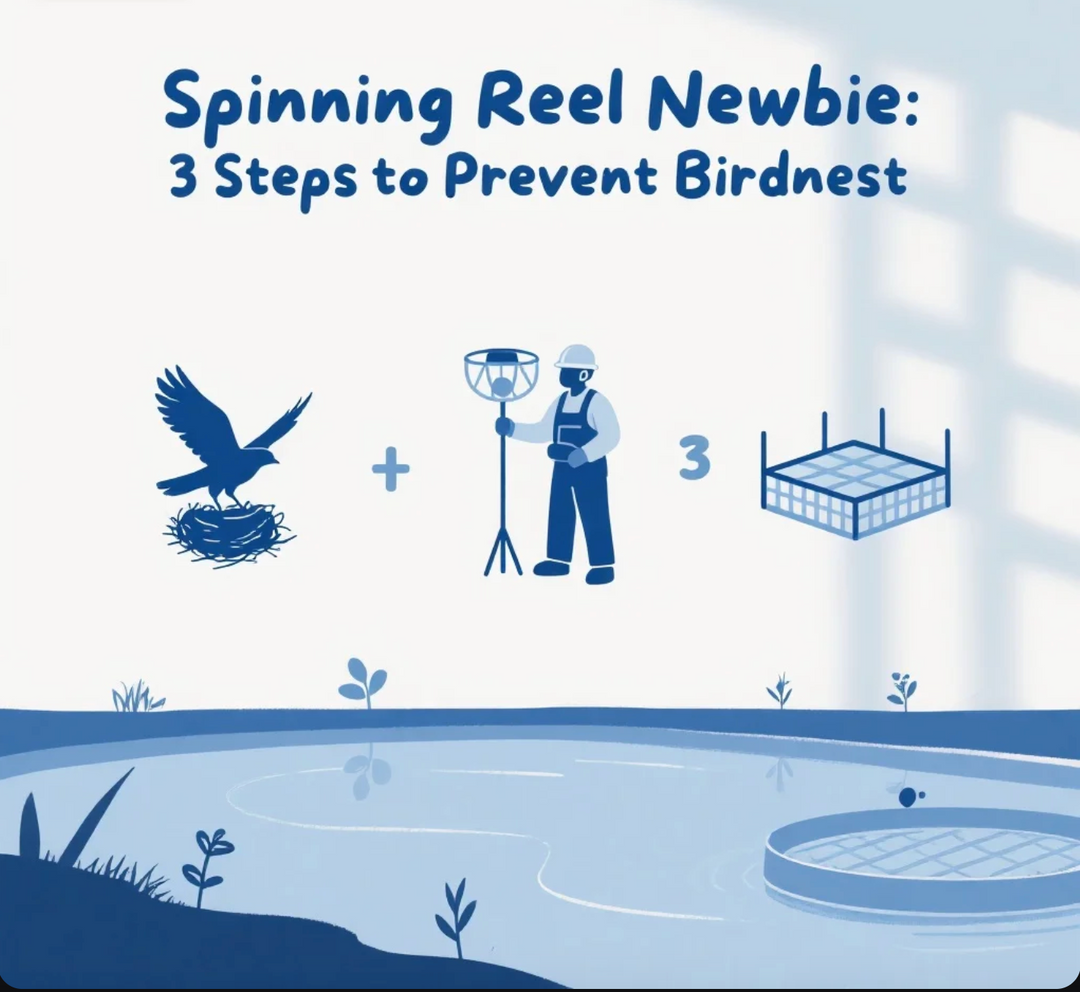Title: Freshwater vs. Saltwater: A Complete Guide to Baitcast Reel Adaptation and Maintenance
Fishing enthusiasts know that choosing the right baitcast reel is just the first step—adapting it to your environment (freshwater or saltwater) and maintaining it properly is crucial for performance and longevity. Whether you’re casting for trout in a serene lake or battling tarpon in the ocean, understanding how environmental factors impact your gear and knowing which saltwater baitcasting fishing reels (or freshwater-specific options) to prioritize can make all the difference. In this guide, we’ll break down everything you need to know about selecting, adapting, and caring for baitcast reels in both worlds.
1. Why Environment Matters for Baitcast Reels
Saltwater and freshwater present distinct challenges for baitcast reels. Saltwater, with its higher salinity, corrosion risks, and often larger, stronger fish, demands reels built for durability. Freshwater, while less harsh, still requires attention to lubrication, drag systems, and dealing with debris. Let’s dive into key adaptations for each:
2. Choosing the Right Reel: Saltwater vs. Freshwater
Saltwater Baitcast Reels: Built to Withstand the Elements
When targeting saltwater species like redfish, bonefish, or marlin, prioritize saltwater baitcasting fishing reels with these features:
- Corrosion-Resistant Materials: Look for reels with aluminum spools, stainless steel components, and anodized aluminum frames to resist saltwater damage.
- Sealed Drag Systems: A sealed drag prevents saltwater intrusion, keeping the drag mechanism lubricated and functional even after repeated splashes.
- Heavy-Duty Drag Capacity: Saltwater fish often fight with more power, so select reels with drag ratings matching your target species (e.g., 15–30+ lbs for larger fish).
- Deep Spools: For surf casting or trolling, surf casting reels or casting reel for saltwater with deep spools reduce line tangles and handle larger bait/lures.
Notable options include models designed for baitcaster rod reel combo setups, which streamline your gear for saltwater efficiency.
Freshwater Baitcast Reels: Balance Precision and Versatility
Freshwater environments (lakes, rivers, ponds) call for reels that prioritize accuracy, smooth casting, and adaptability to varying depths and species:
- Lightweight Frames: For prolonged use, lightweight graphite or aluminum reels reduce arm fatigue during long casts.
- Adjustable Magnesium Drag: Fine-tune drag pressure for species like bass, walleye, or pike, which require nuanced control.
- Anti-Reverse Systems: Prevents the reel from spinning backward, ideal for fighting fish in heavy cover or fast currents.
- Shallow to Medium Spools: Suited for freshwater lures (soft plastics, crankbaits) and smaller bait, though some fishing rod and reel combo baitcaster models offer versatile spool sizes.
For specialized freshwater applications (e.g., best surf casting rod and reel combo), look for reels with enhanced abrasion resistance and quick-change spools.
3. Maintenance Tips: Saltwater vs. Freshwater
Proper upkeep extends the life of your baitcast reel, regardless of environment. Follow these tailored routines:
Saltwater Reel Maintenance: Combat Corrosion
- Immediate Rinsing: After each use, rinse the reel with fresh water to remove salt residue. Pay special attention to drag washers, bearings, and crevices.
- Weekly Cleaning: Disassemble the reel (if possible), scrub components with a soft brush, and use a saltwater-specific reel lubricant on moving parts. Avoid regular freshwater grease, as it may not resist salt corrosion.
- Storage: Store in a cool, dry place with desiccant packets to absorb moisture. Never leave saltwater reels in direct sunlight or a closed vehicle.
Freshwater Reel Maintenance: Focus on Lubrication and Debris
- Periodic Cleaning: Remove algae, mud, or debris from the spool and frame with warm, soapy water. Rinse thoroughly and dry before relubricating.
- Lubrication Schedule: Apply a lightweight reel oil to bearings and drag systems every 3–6 months (or after heavy use). Heavier grease is ideal for drag washers in high-pressure scenarios.
- Drag Check: Inspect drag washers for wear and replace if frayed or glazed. Freshwater drag systems face less corrosion but more organic buildup, so cleanliness is key.
4. Common Mistakes to Avoid
- Using Freshwater Reels in Saltwater: Salt will degrade non-corrosion-resistant components quickly, leading to seized drag systems and structural damage.
- Neglecting Seals: Even freshwater reels need functional seals to keep out dirt and water. Replace worn seals during maintenance.
- Over-Tightening Drag: Start with minimal drag and adjust based on fish behavior to prevent line breakage or reel damage.
5. FAQs: Adapting Baitcast Reels for Any Environment
Q: Can I use a freshwater reel in saltwater occasionally?
A: Short-term use is possible, but long-term exposure to salt will damage the reel. Invest in a dedicated saltwater baitcasting fishing reel for frequent saltwater trips.
Q: What’s the best baitcast reel for surf casting in saltwater?
A: Look for surf casting reels with extra-wide spools, corrosion-resistant finishes, and a drag system rated for 20+ lbs. Pair with a saltwater-specific rod for optimal performance.
Q: Do baitcaster rod reel combos come in both saltwater and freshwater versions?
A: Yes! Many manufacturers offer baitcaster rod reel combo baitcaster options tailored to either environment—check for material specs and drag ratings to match your needs.
Conclusion
Whether you’re casting in calm freshwater or braving the surf, choosing the right baitcast reel—and adapting it to your environment—is essential for success. By prioritizing material durability, drag performance, and routine maintenance, you’ll maximize your reel’s lifespan and enjoy countless days on the water. Remember: when in doubt, opt for gear designed specifically for your target environment—your fishing tackle (and your catch rate) will thank you!











Leave a comment